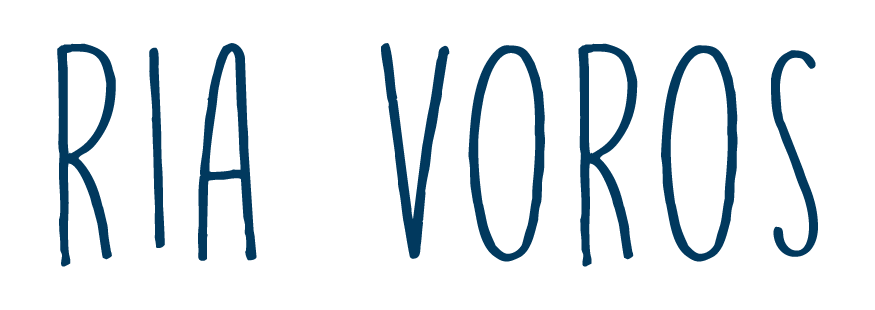I have no trouble admitting I am a big fan of bread. Fresh from the oven, white, seeded, whole grain, whatever. Low carb I am not. I bought Jim Lahey’s fabulous book on his bread a few years ago and then made a pilgrimage to New York City to taste it in his bakery (okay, that was not the reason for the trip, but it did entail a fair commitment to way-finding and map-consulting in Manhattan). And the bread was transcendent. We brought home one of his huge panettone. I don’t remember if we waited until we got off the plane to dive into it. Something tells me we did not.
So when I bought Michael Pollan’s new book, Cooked, I knew there was some new and serious cooking in my future. Maybe not the BBQ whole pig, seeing as I haven’t eaten meat in 13 years, but definitely the fermented things. The pickles. The kraut. The sourdough bread.
Here’s my first sourdough starter in a bubbly moment.
Maintaining a sourdough starter is like having a living and ongoing science experiment in your kitchen. Which is to say, awesome. You basically create an environment hospitable to friendly microbes (yeasts and bacteria) that give off that familiar bready, yeasty smell. You culture them, feed them, strengthen them and then use them to leaven and flavour your bread. It’s a pretty amazing deal. Yeah, you have to feed the starter on something of a schedule and factor that into your holiday plans (if you want it to stay happy), but there’s this amazing payback. And not just the bread. I love the jars on the counter, bubbling away, the smell of the busy microbes at work when you give the starter a stir. The rhythm of feeding and discarding, building it up for a planned baking day and watching it colonize your flour, turning a powdered grain into something alive and way more nutrient-dense. It feels ancient, deeply satisfying. Before commercial yeast, the kind we buy in jars or bars, all yeast breads relied on the ‘wild’ kind–captured from whatever happened to be floating around in the air.
Here’s an early attempt at a sourdough. It was the wettest dough I’ve ever made. It would drip off a spoon. And the instructions said to shape it into loaves. Uh huh.
One thing I found fascinating, and somehow freeing, about Pollan’s book is the fact that fermentation–sauerkraut, say–relies on the microbes on the food to start fermentation. It’s a reminder that all we eat–no, all we are and all we touch–is covered in microbes, and a lot of them are really friendly to us. We need them. They make our food so much better and better for us.
And here is a fairly successful loaf–white/whole wheat/rye–that lasted on the cutting board exactly a quarter of the time it took to make it.
I have a new mantra: fermentation is beautiful.
What’s your favourite fermented food?
XO
Ria




Wow, Miss Ria, you have the heart of a chemist. Currently I’m suffering a hangover, it’s suffering my complaining, so, for today, sake is NOT my favourite fermented thing.
Will have to check out Michael Pollen’s book. Fascinating.
And lastly, next time you are in NYC can you post me some of that panettone???!! X
Yes, I feel like chemistry itself confounds me, but the chemistry of food–that’s up my alley. Really, anything to do with food. I wonder if even math would have been more friendly if it were food-themed…Well, maybe not.
I have got to get dedicated to making a sourdough starter.
It is a lot of fun, Debra. Go for it and let us know how you do!
Why on earth do i have to pick just one?!
I started our 2013 batch of sauerkraut on Saturday. I love the next six weeks- the gartopf will burble and pop gently as it starts to ferment. Then it’s time for sauerkraut in everything! All of it’s wonderful salty soured goodness! Yumma!
I think that I might need to do a batch of kimchi for Mike and maybe a round of raspberry ginger kombucha. More ferments!!!
I just knew you were a fermento, Kirsti! Any chance we can get a taste of your kraut when you come this way next? Investing in a sauerkraut crock is a step a bit beyond my fermenting horizon at the moment. We’ll have to chat about your experience…:)